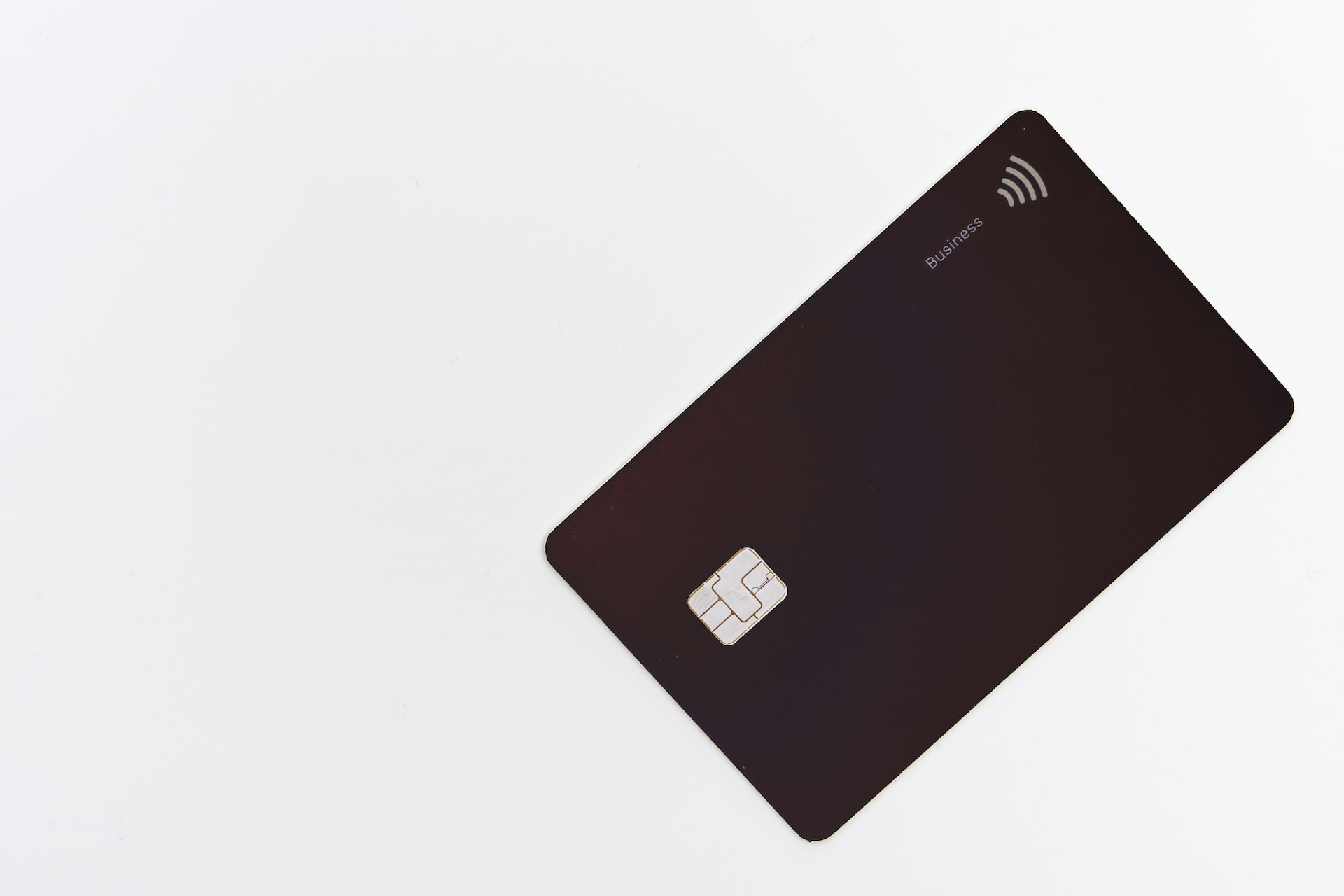The Impact of Credit Utilization on Your Credit Score: What You Need to Know
In today’s financial landscape, credit scores hold significant sway over our financial lives. They impact our ability to secure loans, rent apartments, and even affect insurance premiums. Among the various factors that contribute to credit scores, credit utilization plays a crucial role. In this blog post, we will delve into the concept of credit utilization, explore its impact on your credit score, and provide practical strategies to effectively manage it.
Table of Contents
ToggleUnderstanding Credit Utilization

Credit utilization refers to the percentage of your available credit that you are currently using. It is calculated by dividing your total credit card balances by the sum of your credit limits. For example, if you have two credit cards with a combined credit limit of $10,000 and your current balances add up to $3,000, your credit utilization rate is 30%.
The Impact of Credit Utilization on Your Credit Score
Maintaining a low credit utilization rate is crucial for optimizing your credit score. Creditors consider low utilization as a positive indicator of responsible credit management. High credit utilization, on the other hand, can raise red flags and potentially lower your credit score. Lenders perceive high utilization as an increased risk, suggesting that you may be relying too heavily on credit.
The Ideal Credit Utilization Ratio
While there is no one-size-fits-all answer, experts generally recommend keeping your credit utilization below 30% of your available credit limit. However, the lower your credit utilization, the better it is for your credit score. Striving to keep your utilization rate as close to zero as possible can have a positive impact on your creditworthiness.
Strategies for Effective Credit Utilization Management

Paying off Balances Regularly
To maintain a low credit utilization rate, make it a habit to pay off your credit card balances in full and on time each month. By doing so, you not only avoid accruing interest charges but also demonstrate responsible credit usage to creditors.
Keeping Credit Utilization Low
Actively managing your credit card balances is essential. Aim to keep your balances well below your credit limits, ideally below 10% if possible. Regularly reviewing your credit card statements and staying mindful of your spending can help you achieve this goal.
Increasing Credit Limits
Another effective strategy is to request a credit limit increase from your credit card issuer. This can provide you with more available credit, effectively lowering your utilization ratio. However, be cautious not to increase your spending to match the new limit; otherwise, it defeats the purpose.
Consolidating Debt or Utilizing Balance Transfer Options
If you have multiple credit cards with high balances, consider consolidating your debt into a single loan or transferring balances to a card with a lower interest rate. This can help you manage your credit utilization effectively and potentially save on interest charges.
Monitoring and Maintaining a Healthy Credit Utilization Ratio

Regularly Checking Credit Reports and Scores
Monitor your credit reports from major credit bureaus and keep an eye on your credit scores. This allows you to stay informed about your overall credit health and identify any errors or discrepancies that may affect your utilization ratio.
Tracking Credit Card Balances and Limits
Maintain a spreadsheet or use budgeting tools to track your credit card balances and credit limits. By doing so, you can ensure that you stay within the recommended utilization range and make necessary adjustments if needed.
Utilizing Credit Monitoring Tools
Consider using credit monitoring services or apps that provide real-time alerts and updates on changes in your credit utilization, balances, or credit limits. These tools can help you stay proactive in managing your credit utilization effectively.
Common Misconceptions about Credit Utilization
Myth vs. Reality: Zero Utilization vs. Low Utilization
Contrary to popular belief, having zero utilization does not guarantee a perfect credit score. Lenders need to see that you are actively using credit and managing it responsibly. Maintaining a low utilization rate, rather than zero, can be more beneficial for your credit score.
Understanding the Impact of Authorized User Accounts
Adding yourself as an authorized user on someone else’s credit card may affect your credit utilization. If the primary cardholder has a high utilization rate, it could potentially impact your own utilization and credit score. Be mindful of this when considering authorized user accounts.
Potential Pitfalls to Avoid

Overusing Credit Cards
Using credit cards for everyday purchases can be convenient, but it’s important not to rely too heavily on them. High credit card balances can quickly increase your utilization ratio and negatively impact your credit score. Strive for a healthy balance between credit card usage and cash transactions.
Opening Multiple New Credit Accounts Simultaneously
While it may be tempting to open several new credit accounts to increase your available credit, doing so can raise concerns among lenders. Rapidly acquiring new credit may be perceived as a sign of financial instability or an increased risk.
Closing Old Credit Card Accounts
Closing old credit card accounts without considering the potential impact on your credit utilization ratio can have unintended consequences. If the closed account had a significant credit limit, it could reduce your available credit, thereby increasing your utilization rate. Carefully evaluate the implications before closing any credit accounts.
Long-Term Benefits of Effective Credit Utilization

Improved Creditworthiness
Maintaining a low credit utilization rate demonstrates responsible credit management and enhances your creditworthiness. Lenders are more likely to view you as a reliable borrower, making it easier to secure loans or obtain better interest rates in the future.
Access to Better Credit Offers
A healthy credit utilization ratio can open doors to better credit offers and financial opportunities. With an excellent credit score, you may be eligible for premium credit cards with attractive rewards programs or enjoy favorable terms on loans and mortgages.
Long-Term Financial Stability
By effectively managing your credit utilization, you are taking significant steps towards long-term financial stability. Responsible credit usage, combined with good payment habits and overall debt management, can lead to a healthier financial future.
Conclusion
Credit utilization is a crucial factor in determining your creditworthiness and maintaining a stellar credit score. By understanding the impact of credit utilization, implementing strategies to keep it low, and avoiding common pitfalls, you can take control of your credit health. By doing so, you pave the way for better financial opportunities and long-term stability. Remember, responsible credit utilization is the key to unlocking the full potential of your creditworthiness.








